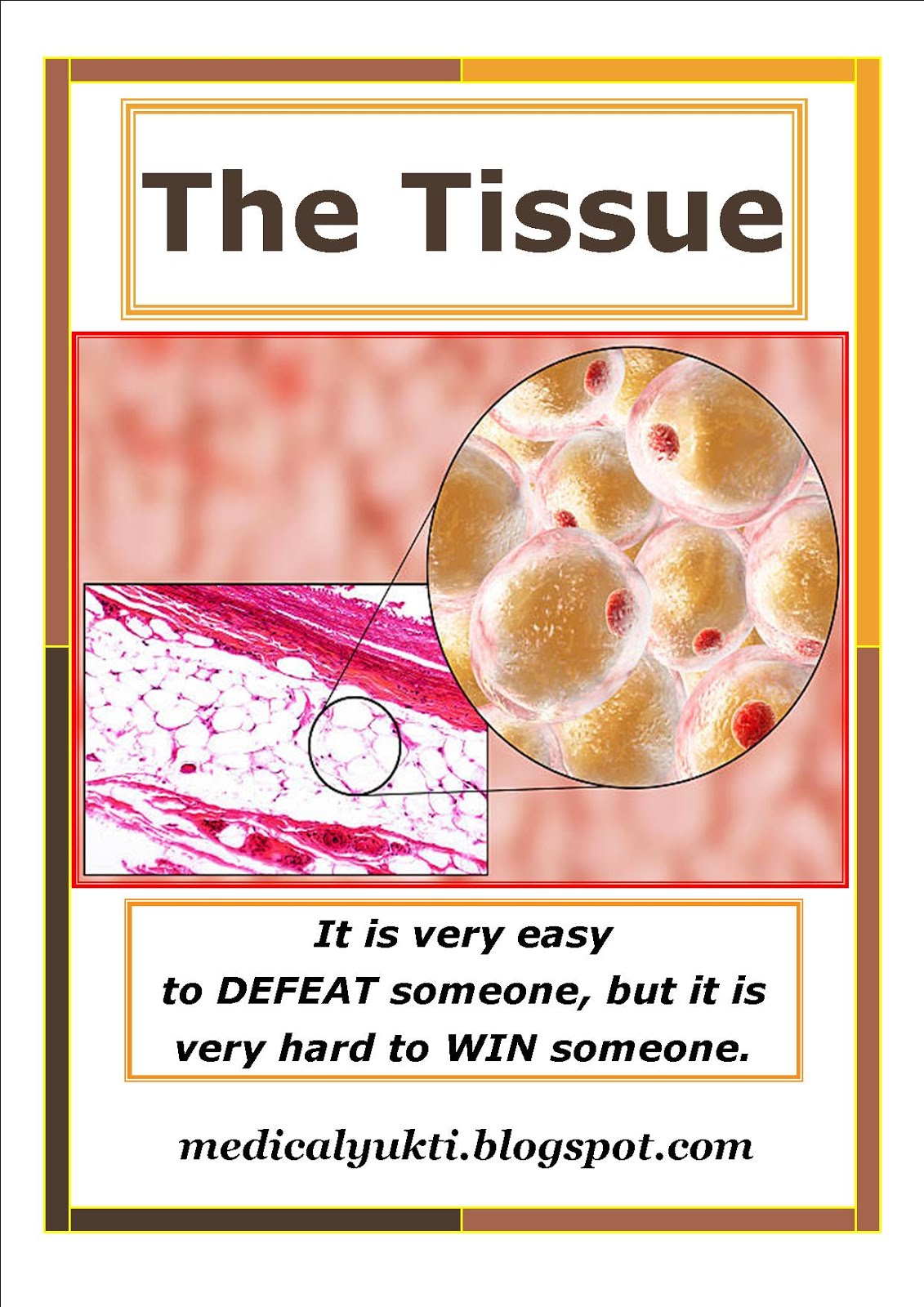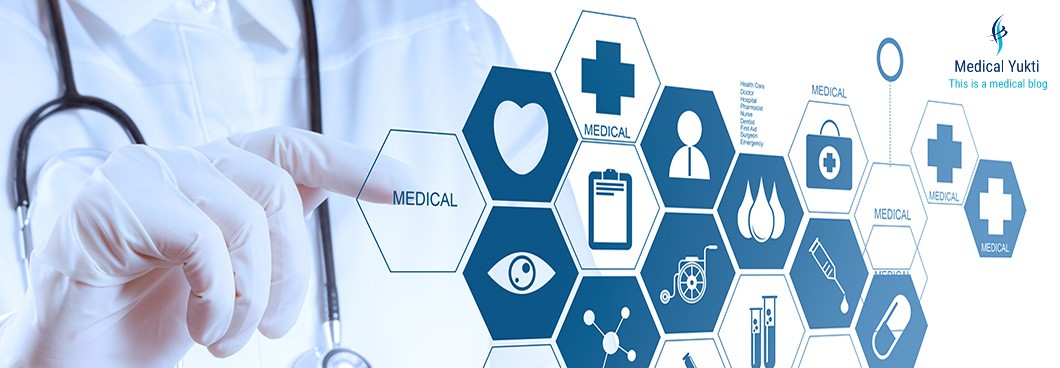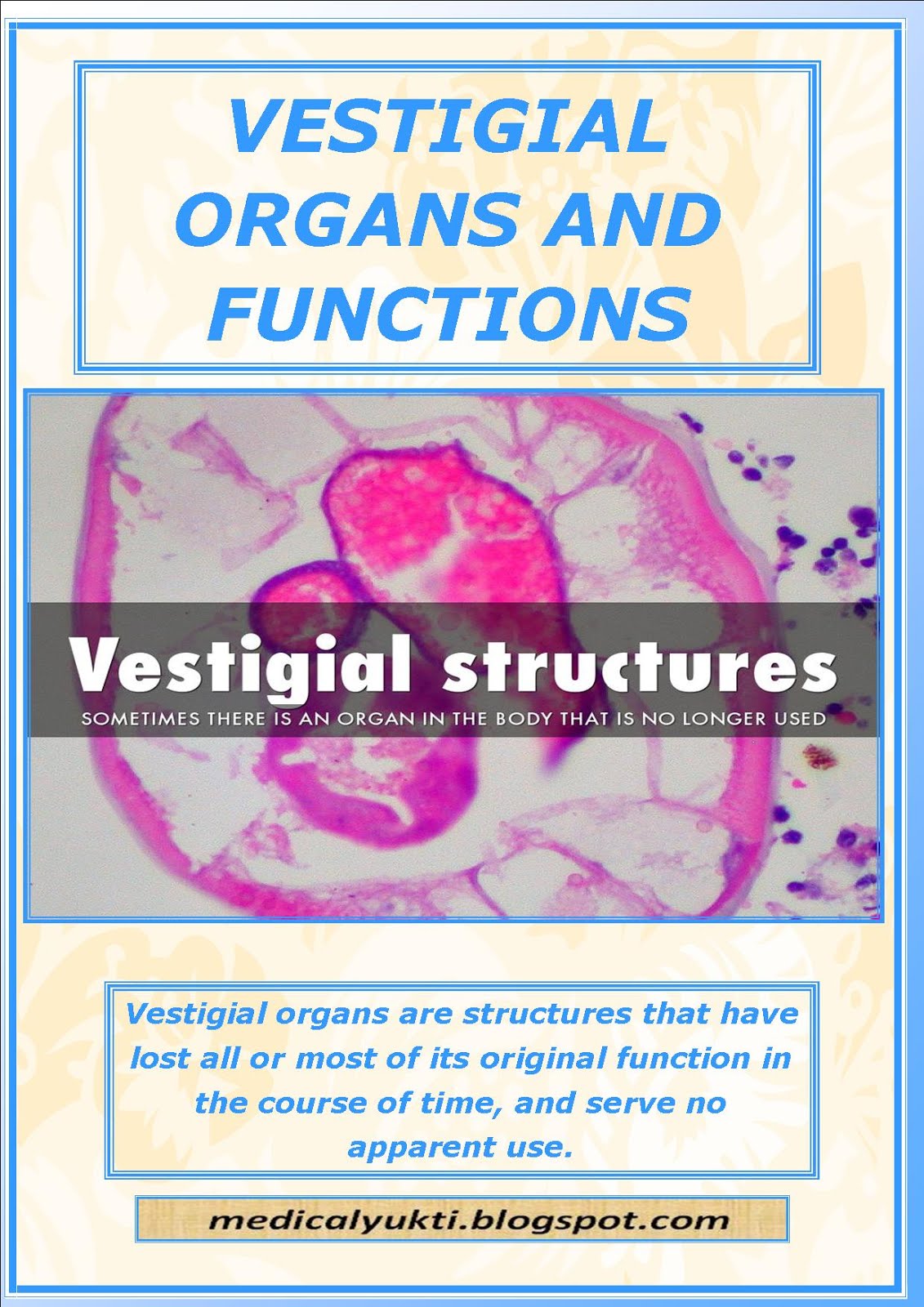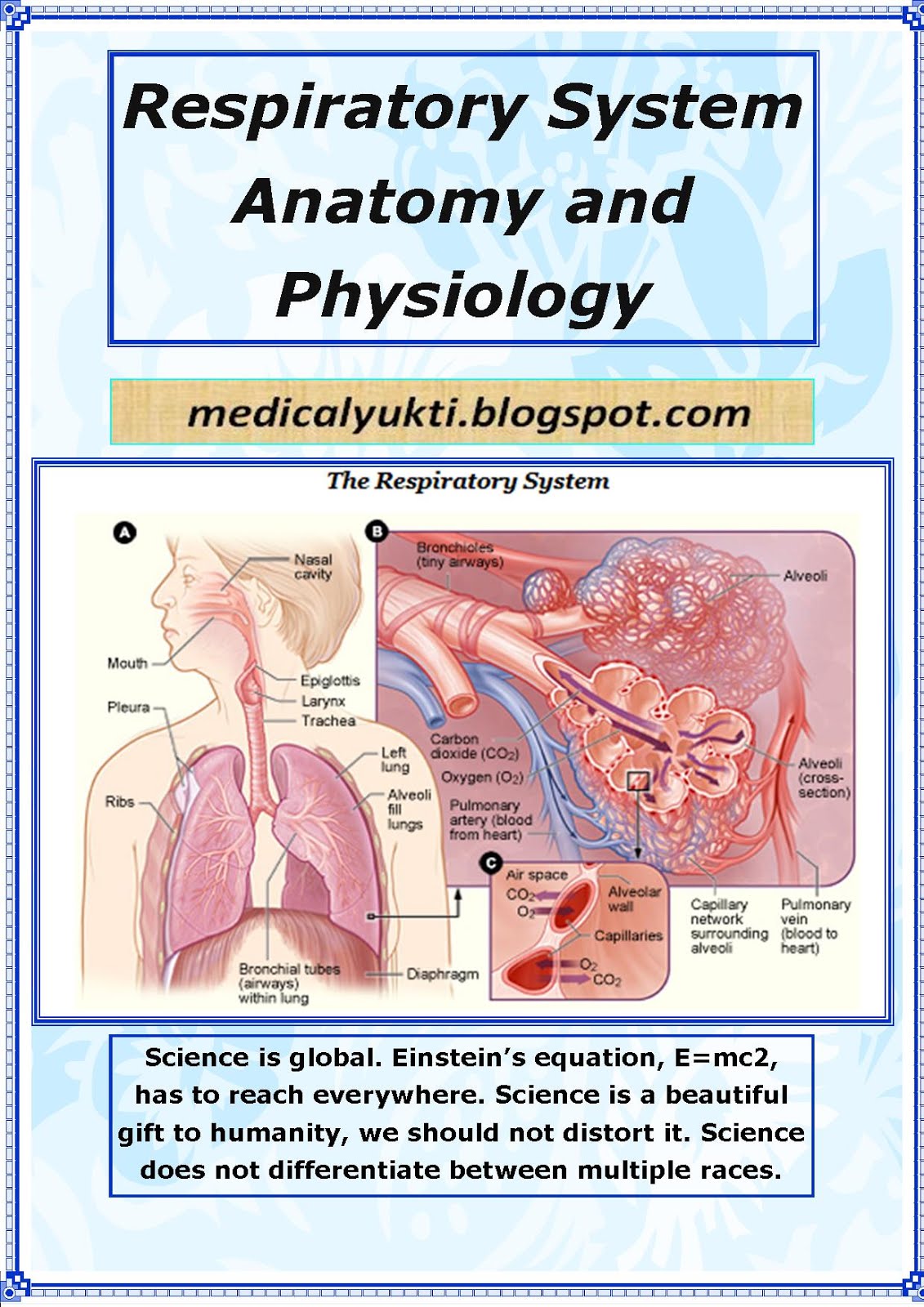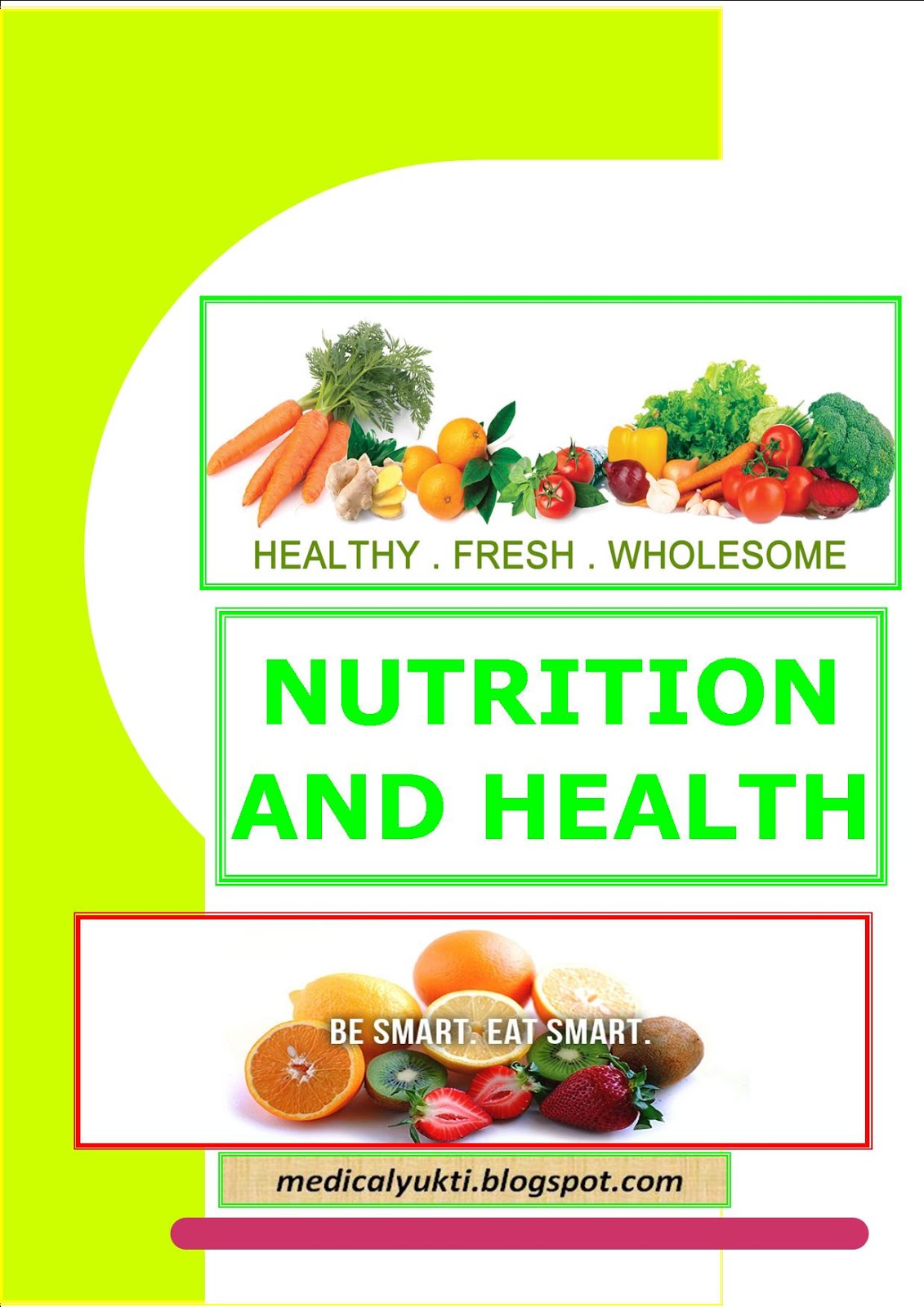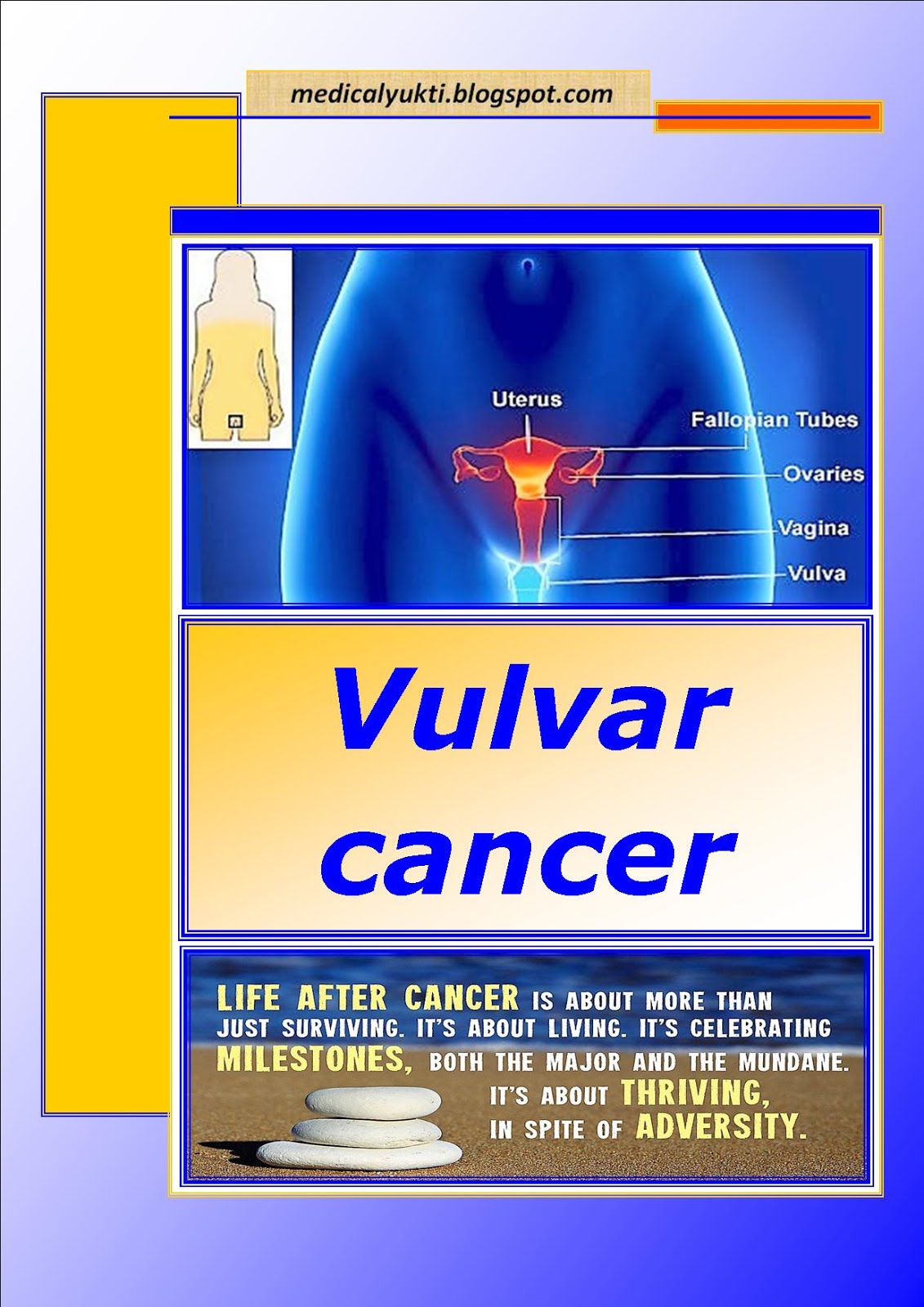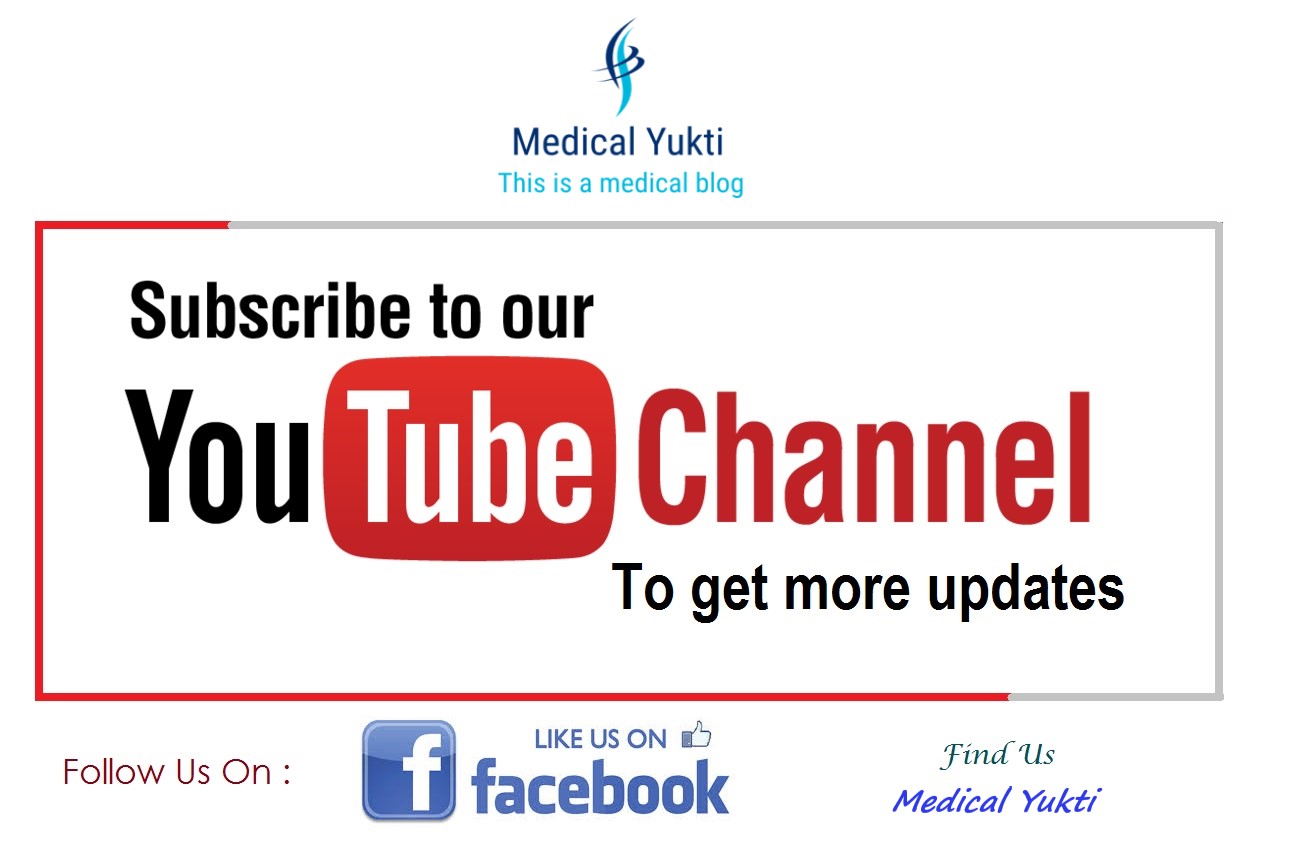It didn’t take long for students around the world to realize that anatomy texts just don’t get any better than Gray’s Anatomy for Students. Only in its 2nd edition, this already popular, clinically focused reference has moved far ahead of the competition and is highly recommended by anyone who uses it. A team of authors with a wealth of diverse teaching and clinical experience has updated and revised this new edition to efficiently cover what you’re learning in contemporary anatomy classes. An improved format, updated clinical material, and remarkable artwork by renowned illustrators Richard Tibbitts and Paul Richardson make anatomy easier than ever for you to master. Unique coverage of surface anatomy, correlative diagnostic images, and clinical case studies demonstrate practical applications of anatomical concepts. And, an international advisory board, comprised of more than 100 instructors, ensures that the material is accurate, up to date, and easy to use. To further enhance your learning experience, you’ll have access to the entire book online, with additional content, interactive exercises, and more.
- Offers the complete contents of the book online as well as additional material, interactive exercises, and much more, at www.studentconsult.com, giving you anywhere, anytime access to the information you need.
- Uses more than 1,000 innovative original illustrations― by renowned illustrators Richard Tibbitts and Paul Richardson―to capture anatomical features with unrivalled clarity, and makes body structures easy to locate and remember from one illustration to another through consistent use of color.
- Includes over 300 clinical photographs, including radiological images depicting surface anatomy and common clinical applications of anatomic knowledge.
- Presents an organization by body region that parallels the approach used in most of today’s anatomy courses.
- Features conceptual overviews summarizing each body region's component parts, functions, and relationship to other bodily organs.
- Uses clinical cases to underscore the real-life relevance of the material.
- Promotes further learning with other fine ancillaries from Gray’s, including Gray’s Atlas of Anatomy, Dorland’s/Gray’s Pocket Atlas of Anatomy, Gray’s Dissection Guide for Human Anatomy, and Gray’s Anatomy for Students Flash Cards.


















